I'm having trouble to compute and then plot multiple integral. It would be great if you could help me.
So I have this function
> f = function(x, mu = 30, s = 12){dnorm(x, mu, s)}
which i want to integrate multiple time between z(1:100) to +Inf to plot that with x=z and y = auc :
> auc = Integrate(f, z, Inf)
R return :
Warning message:
In if (is.finite(lower)) { :
the condition has length > 1 and only the first element will be used
I have tested to do a loop :
while(z < 100){
z = 1
auc = integrate(f,z,Inf)
z = z+1}
Doesn't work either ... don't know what to do
(I'm new to R , so I'm already sorry if it is really easy .. )
Thanks for your help :) !
